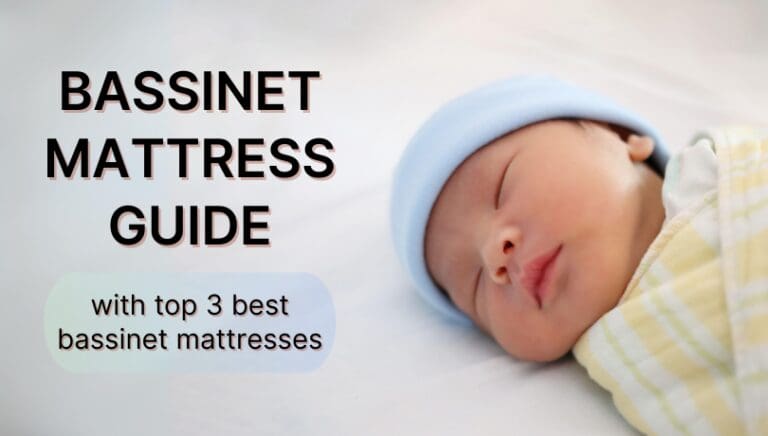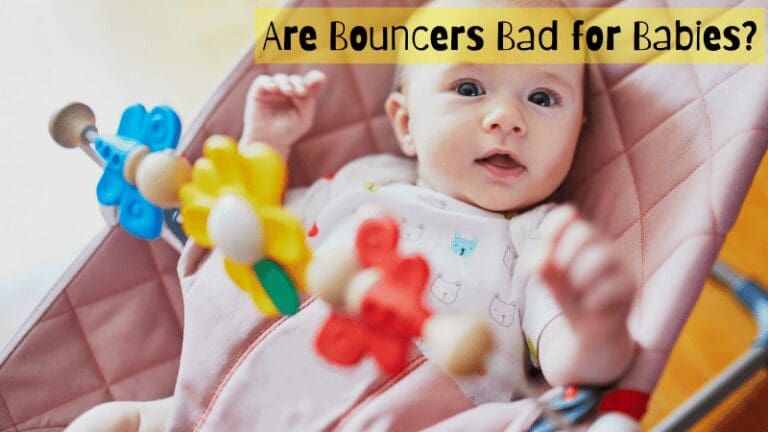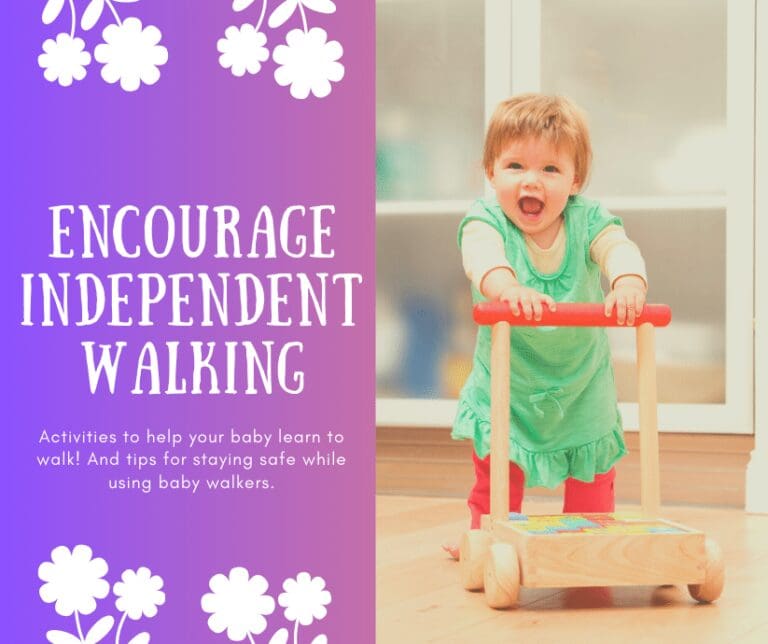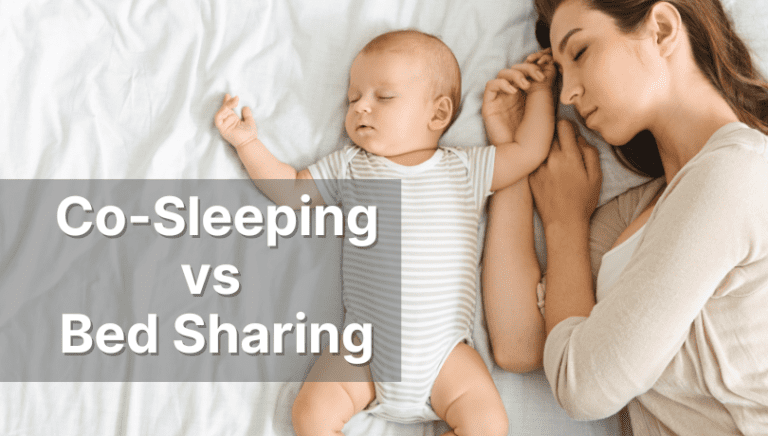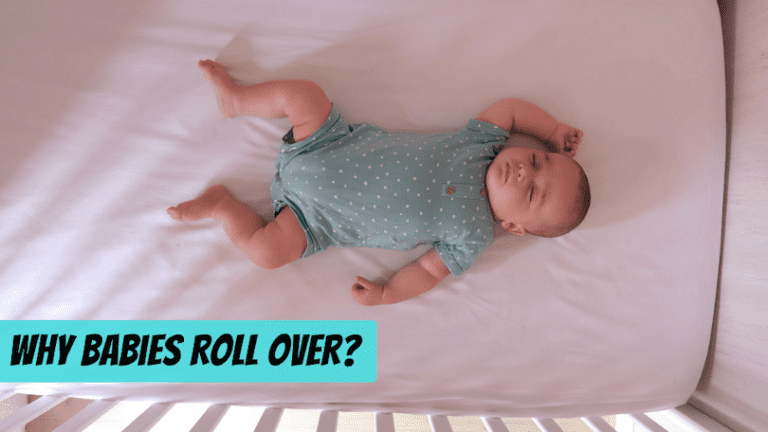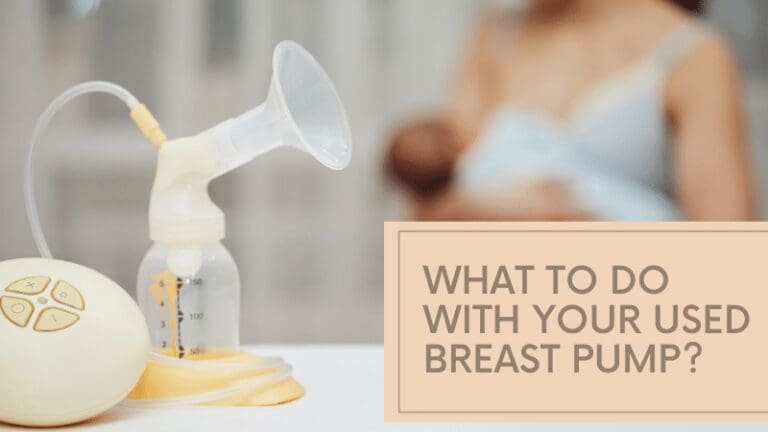Do Baby Bottles Expire? Useful Warning Signs to Know
Whether you are breastfeeding, formula-feeding, or mix-feeding, baby bottles take up space on your kitchen shelves and that number only increases with time.
But do baby bottles expire and become unfit to use as time goes on? Yes, they do!
So, it’s good to pay attention to the warning signs and dispose of them responsibly if they’re no longer fit for use. I remember inspecting my baby bottles for quality during my second pregnancy because I wanted to reuse them for my next child. I ended up reusing two and disposing of one other.
Let’s discuss the expiration and longevity of the baby feeding bottles, along with details on when to replace parts.
Table of Contents

Expiration Signs You Shouldn’t Ignore
When it comes to feeding our little ones, we ensure that they are being fed the healthiest food. But, it is also essential to check on the bottles they are being fed with and maintain them.
A bottle’s longevity depends on its material, maintenance, and usage. Also, baby bottles undergo multiple washes, heat, sterilization, and whatnot. So, the deterioration of baby bottles begins right there. And this can happen for both plastic and glass baby bottles.
Recommended Reading: Can You Reuse Baby Bottles?

There are a few signs that your baby’s bottle might show when the deterioration begins:
- Plenty of Scratches: The washing, the scrubbing, and the sterilizing can all cause scratches on the baby bottle and that’s a gateway for bacteria, which in turn can cause infections. So, if you see many scratches or marks on the bottle, they might be reaching the end of their life.
- Shape Change: When a bottle is washed and sterilized, it also goes through a lot of heat, especially with hot water sterilization or when you use dishwashers. That can worsen the bottle’s condition to the point where it eventually changes shape, too. Please discard it if that happens.
- Discoloration: If the bottle starts getting cloudy and pale, know that it’s on its way to expiry. Your child can get exposed to the germs if such a bottle is not replaced on time.
So my dear parents, if you witness any cracks, scratches, or discoloration, get that bottle out and bring in a new one.
Take Extra Care to Replace the Nipples on Time
The nipple on the baby bottle gets weaker with regular feeding, and even more so with the sucking and biting that a baby does. Your little one, who is undergoing teething, may end up tearing the nipple too. So, here are a few signs that call for a nipple change:

- Stickiness: The repetitive usage of baby bottles can make the nipple sticky or swollen, and that means it’s time for a change.
- Faster Flow: While feeding your baby, if the milk comes out at a fast rate, then know that the hole in the baby bottle’s nipple has grown wider. Please replace them if this is the case because it may cause your baby discomfort, coughing, or gagging.
- Thinning Flow: Another sign of a weak baby bottle nipple is a low milk flow, which can be frustrating for a hungry baby and a stressed out parent. So, please change it really soon.
- Cuts and Tears: Keep an eye on the nipple of your baby’s bottle to check if there is any wear and tear. Please replace them at this stage and prevent choking hazards.
- Discoloration: Just like baby bottles, nipples too change their color with time. This is one of the prominent signs of deterioration.
Also, if you’ve got a semi-used bottle you no longer need, you can consider repurposing, recycling, or donating those baby bottles too. Many organizations accept baby bottles still in good condition, so you can always give that a go.
How Long Do Baby Bottles Last?
Baby bottles have the potential to last for up to 3 years, but with regular and repetitive use, you’ll have to replace it every 6 months or even sooner, depending on the deterioration signs you see.

But know that there are ways to increase their shelf life too:
- Avoid Hard Chemicals: Baby bottles are meant to be gently washed with mild soap. When cleaning the bottles, use a soft brush and avoid hard chemicals or soaps.
- Store Away From Sunlight: The properties of baby bottles can get compromised when they’re directly exposed to sunlight. Likewise, you should not boil the bottles for too long, either.
- Safe Sterilization: Sterilizers are great for sanitizing baby bottles, but please ensure that the bottles are not left in there for too long. This can quicken wear and tear. So, regularly check the bottles post-sterilization.
When I asked my friend about the key to keeping the bottles better for longer, she rightly said –
“It was no exception. I kept changing the nipples on time and I never ignored any cracks or breakdowns. I also went easy on baby bottle cleaning and sanitizing. Never overheated them and, yes, air dried them on time and always stored them in a safe dry place”.
Kelleigh’s Tip on Bottles and Sippy Cups:
Dear new parents, once your baby turns 6 months old, I strongly recommend that you introduce them to sippy cups or feed them milk with a spoon now and then.
Do not make bottle-feeding too much of a habit. Introduce them to semi-solids as soon as you can, and get comfortable with cups. Of course, transitioning away from the bottle will never happen in a day. It will take a few weeks or sometimes longer. But, you have to get your little one used to the change.
Takeaway: Do Baby Bottles Expire?
Baby bottles do expire, but their longevity entirely depends on how we maintain them while paying attention to the signs of breakdown.
I understand that purchasing bottles in bulk may be expensive. However, I strongly recommend that you keep at least 2–3 baby bottles, especially during their initial months. The spare bottles will give you time to clean and sterilize used bottles.
And if you follow the guidelines to maintain the baby bottles, trust me, they will last for a long while.
Happy parenting.

